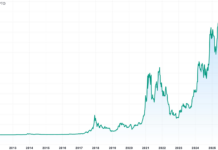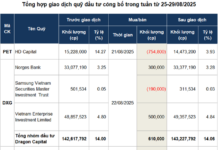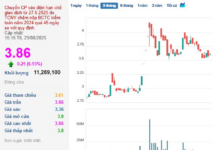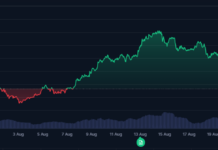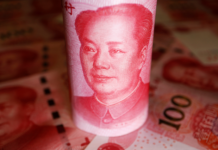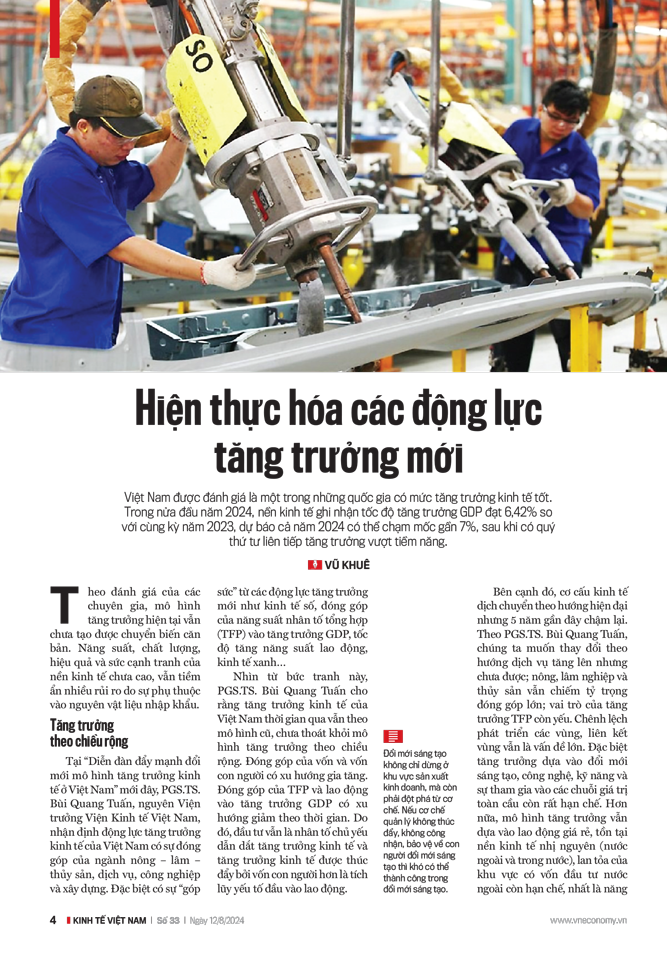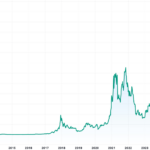Vietnam has been lauded for its impressive economic growth, with a 6.42% GDP increase in the first half of 2024 compared to the same period in 2023. This trend is projected to continue, with estimates for the full year reaching nearly 7%. The country’s economic growth has been broad-based, driven by strong performances in the agriculture, forestry, and fisheries sector, as well as services, industry, and construction.
Broad-based Growth
Speaking at the recent forum on “Promoting Innovation in Vietnam’s Economic Growth Model,” Professor Dr. Bui Quang Tuan, former President of the Vietnam Institute of Economics, attributed the country’s economic growth to various sectors. These include agriculture, forestry, and fisheries; services; and industry and construction. Additionally, new growth drivers, such as the digital economy, improvements in total factor productivity (TFP), labor productivity, and green economy, have also played a significant role.
However, Dr. Tuan pointed out that Vietnam’s growth model remains reliant on the old broad-based model. While capital and human capital contributions have increased, the share of TFP and labor in GDP growth has decreased over time. As a result, investment remains the primary driver of economic growth, and it is largely driven by human capital rather than labor input accumulation.
Furthermore, while the economic structure has been modernizing, the pace of change has slowed in the last five years. Dr. Tuan noted that the desired shift towards a greater contribution from the services sector has not materialized, and agriculture, forestry, and fisheries continue to dominate. Additionally, the role of TFP growth remains weak, and regional disparities and linkages remain significant challenges.
The growth model also relies heavily on cheap labor, with a dual economy (foreign and domestic) and limited spillover effects from foreign-invested enterprises, particularly in terms of technology and exports, which account for 71% of FDI.
Vietnam’s investment in science, technology, and innovation is only a quarter of the global average (0.56% of GDP compared to 2.2%). The country also faces challenges in terms of institutional frameworks, with private enterprises investing only 0.44% in research and development (R&D) compared to over 80% in South Korea. As a result, labor productivity improvements have been modest.
Between 2016 and 2020, labor productivity growth averaged 5.8% per year, up from 4.3% in the previous period. However, it still lags behind regional peers, with Vietnam’s labor productivity the second lowest in the region, ahead of only Laos. The private sector, which accounts for 44% of GDP, has not developed proportionally, and Vietnamese enterprises remain small, with few large conglomerates. The goal of industrialization by 2020 was not achieved.
Additionally, the green growth model has not significantly contributed to sustainable development, and circular and blue economy initiatives are still in their infancy. While there have been improvements in institutions, there is a lack of breakthrough policies, especially for science, technology, innovation, and new economic models (sharing, fintech, data, etc.). Weak regional linkages have hindered the full utilization of regional potential and advantages.
Harnessing New Drivers for a Breakthrough
Amid the limitations of the traditional growth drivers, Dr. Tuan emphasized the abundant opportunities for Vietnam to innovate and improve its growth model. These include harnessing new technology trends, such as the Fourth Industrial Revolution, and embracing green and digital transformations. Additionally, the country can leverage its young and tech-savvy population, as well as smarter production, distribution, and consumption practices.
“To innovate our growth model, we need to rely more on new orientations and drivers, such as science, technology, and innovation; digital transformation; and green transition,” said Dr. Tuan. He stressed that while these areas have been discussed in the past, it is now time to take concrete actions to achieve a high-quality growth model.
To achieve this, Vietnam should focus on attracting high-quality human resources, both domestically and internationally. It should also work towards realizing its vision of becoming a powerhouse in green and digital economic transformation through appropriate institutional frameworks. Embracing green and digital ecosystems, innovation, and creating linkages between ecosystem entities are crucial steps in this process.
Institutional and policy reforms, including pilot projects and breakthroughs, are essential. Creative approaches to resource mobilization, especially from non-state sources, should be encouraged. Investing in infrastructure, including digital infrastructure and applications like AI and blockchain, is also imperative to develop Vietnamese digital products and services.
Additionally, there should be mechanisms to encourage scientific, technological, and R&D investments in enterprises and farms. Sharing and connecting databases and digital resources for governance and administration, as well as regional and value chain linkages, are also vital. Social and environmental aspects, such as resource management and pollution control, should not be overlooked.
Echoing these sentiments, Professor Dr. Hoang Van Cuong, a member of the National Assembly’s Finance and Budget Committee, emphasized that a shift in the growth model, whether towards resource-based, cheap labor, or new trends like digital and green transformation, requires a complete departure from the old path. Vietnam must now focus on science and technology, embracing cleaner and greener practices.
https://postenp.phaha.vn/chi-tiet-toa-soan/tap-chi-kinh-te-viet-nam

Choose stocks for “Tet” festival celebrations
Investors should consider choosing stocks in the banking industry with good profitability, healthy real estate, and abundant clean land reserves. In addition, the group of stocks in infrastructure investment, iron and steel, and construction materials should also be considered.

















